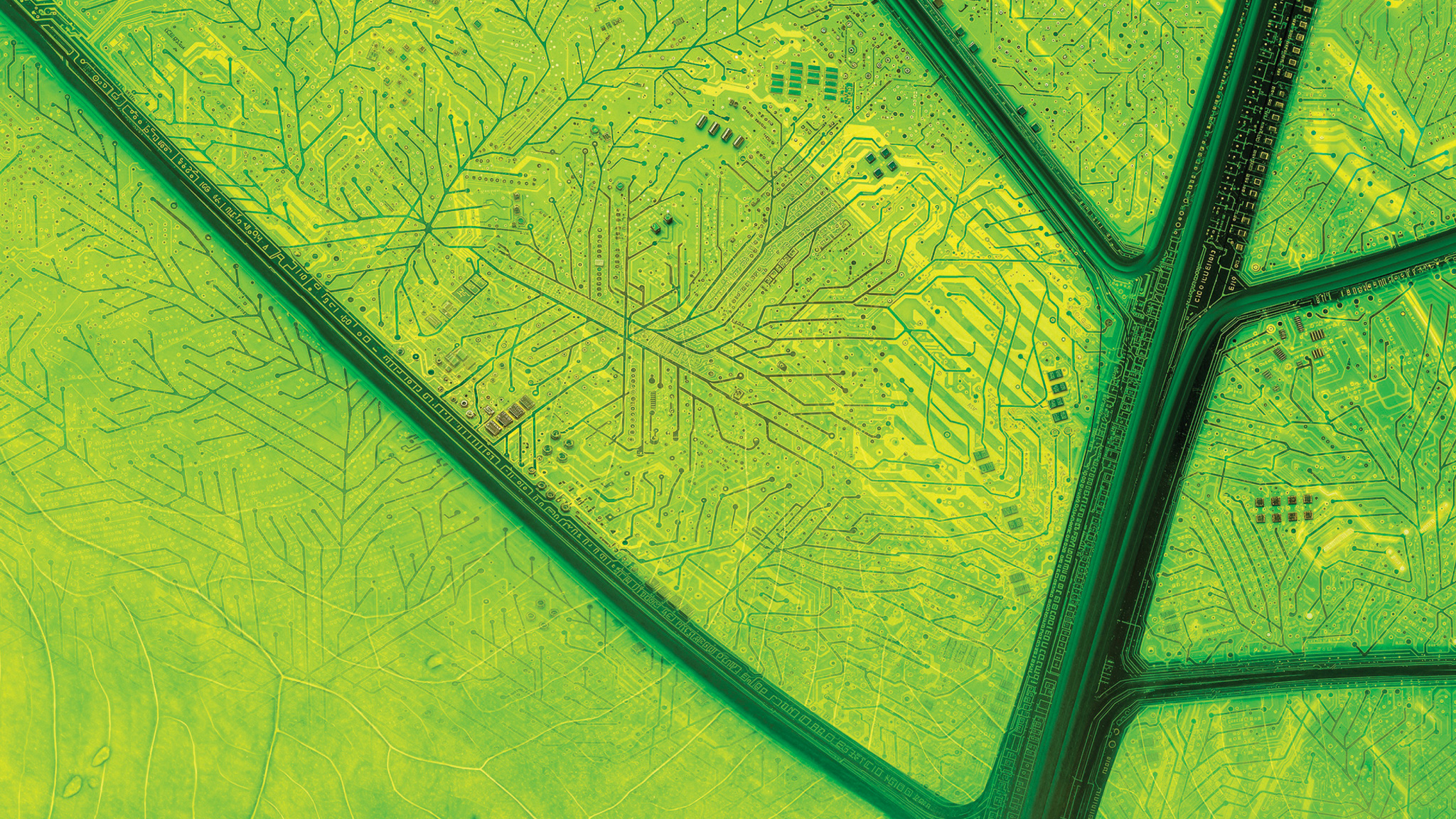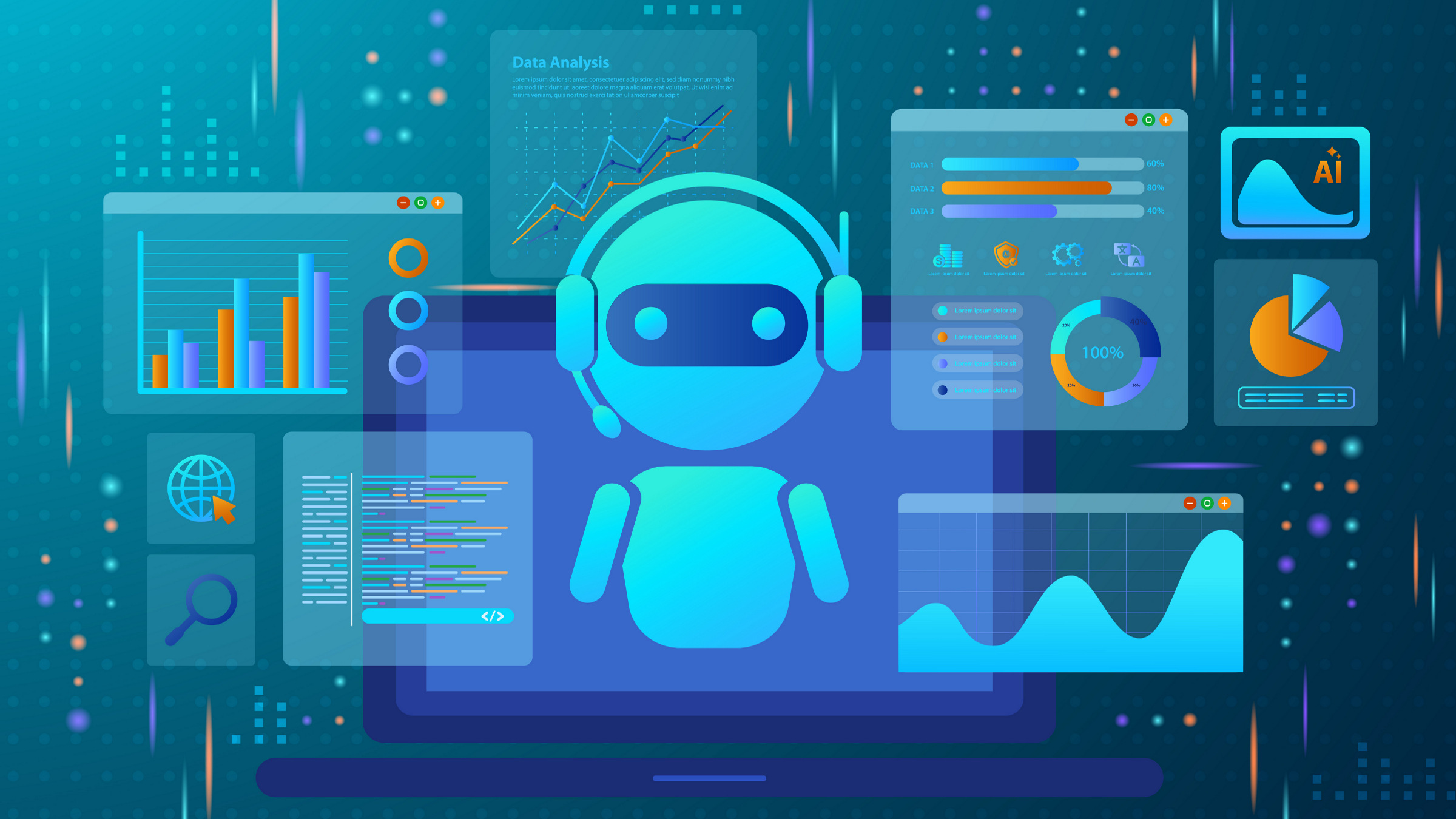Environmental sustainability is a critical global imperative and existential challenge for humanity. While computing professionals tend to think of computing as a positive technology, there’s no doubt it also has significant negative impacts, such as growing environmental damage. Firstly, computing is a rapidly growing consumer of environmental resources (for example, minerals, water), a producer of greenhouse-gas emissions (for example, operational, embodied), a creator of environmental pollution (for example, e-waste), and an enabler of environmentally harmful activities. This damage has grown steadily over decades with little prospect of slowing (see the recent Communications article by Eeckhout2). But secondly, computing has an important role in understanding climate change and reducing greenhouse gas emissions and other environmental damage in a broad array of societal activities (for example, agriculture, transportation, manufacturing, facility management, power generation, and more) and other applications that hope to promote environmental sustainability.
To support its growing use, computing has a responsibility to become more environmentally sustainable; this responsibility is increasingly stark, as developments in the application of generative artificial intelligence (AI) are producing a dramatic and unprecedented acceleration in the growth of computing use, hardware, and direct power consumption. Some projections suggest that datacenter growth rates have increased by 50% (hardware and power) and are now a significant fraction of U.S. power-grid consumption—expected to exceed 10% of power-grid use before 2030.1 In the same period, global datacenter power use is expected to double from 1.5% to 3%.3
Our goal for this special section is to focus on open problems and challenges—to inspire radical thinking, new ideas, and reinvention that will accelerate sustainability progress.
To this end, for this special section, we specifically solicited papers in two topic areas:
Sustainability of Computing (including Green IT)
What are the sustainability challenges for computing? (the problem)
What are the real obstacles to progress? (for example, two-year upgrade cycles, why some obvious solutions are not feasible)
What are the best opportunities to increase computing sustainability (technical, ecosystem, others)? Where are the opportunities to change the game?
Where is reinvention required? (systems, lifecycle, software, programming languages, services, algorithms, theory, and applications)
Are new conceptual frameworks required to make computing truly sustainable?
Computing for Sustainability
How is computing enabling progress on humanity’s many large sustainability problems?
What new opportunities are there to do more? How do computing researchers need to step up?
The special section begins with articles that address the sustainability of computing. The first four focus on AI’s environmental impact, as its exciting potential and rapid growth has brought it to the forefront of public consciousness.
We open with “Understanding the Environmental Impact of Generative AI Services,” which takes a hard and well-rounded view of operational and embodied carbon emissions for a generative AI service, operated at scale. Next, “Making AI Less Thirsty: Uncovering and Addressing the Secret Water Footprint of AI Models,” further broadens the lens of environmental sustainability, examining water use for both training and operation of large AI models. This water usage is surprisingly large, a growing environmental challenge in the face of increasingly disrupted watershed dynamics as climate changes. The third article, “Efficiency Is Not Enough: A Critical Perspective on Environmentally Sustainable AI,” examines the commonly held view that efficiency can make computing sustainable. This is not true! Efficiency is essential, as growing computing use seems inevitable, but technology efficiency and use efficiency are not enough to slow the growth and ultimately reduce the negative environmental impact. Similarly, the fourth article addresses the problem of how the environmentally relevant impact of AI can be distributed fairly over various geographical regions. This adds an important aspect to sustainable management of computing resources for AI, covered in “Toward Environmentally Equitable AI.”
The next three articles look at challenges and novel ways to reduce the environmental impact of computing use, computing systems, and computing devices. “Energy-Optimized Supercomputer Networks Using Wind Energy” looks at colocating computing resources in the field, literally integrated with large-scale wind farms. This innovative approach harmonizes renewable generation and computing power use, with numerous efficiencies resulting. In “Empowering Users to Make Sustainability-Forward Decisions for Computing Services,” the authors look at how the interfaces provided by computing services affect how we use them—in particular, how user-experience design can be used to encourage and enable more environmentally sustainable choices by users. Another important aspect of sustainability is minimizing waste or, phrased differently, discovering new ways to increase circularity. “Full Stack Recycling Approaches for Computing Devices” advocates improving the potential recycling of computing devices by moving from merely considering the reuse of substrates toward a full stack approach—distinguishing substrate, component, and module levels. Whereas traditional e-waste recycling immediately targets the substrate level, full stack recycling calls for targeting component and module levels, too.
While computing creates significant environmental damage, as computing professionals we are all excited about the myriad ways computing can be employed—through data collection, analysis, modeling, and more—to drive advances in societal environmental sustainability. The last three articles focus on and highlight this admirable use of computing.
“Environmental Computing as a Branch of Science” combines observation and modeling of environmental systems as a holistic endeavor worthy of consideration as a new science. “A Brazilian Perspective on Computing for the Planet’s Sustainability” offers a view of national commitments and an ambitious agenda for how computing can be a transformative force for environmental sustainability. This perspective from a nation that houses the “lungs of the earth” is cutting and informative to many of us who reside in the northern hemisphere. In “Continuous Earth Observation of Forest Dynamics and Biodiversity,” the authors highlight computing’s role in understanding the dynamics of rapid biosphere change. Continuous observation and modeling has computing as an essential partner in understanding the growing damage, and hopefully the future slowing and ultimate improvement, of these key measures of environmental health.
We are very grateful for the broad response to our call for contributions to this special section. Although computing for sustainability is not as broadly represented as sustainability of computing, we consider it to be critically important. It is well covered in many other venues, such as ICT for Sustainability (ICT4S) and the NeurIPS Workshop on Tackling Climate Change with Machine Learning, the ACM SIGCAS Conference on Computing and Sustainable Societies (COMPASS), and the ACM SIGEnergy conferences e-Energy and BuildSys.
Finally, this special section would not be possible without a terrific set of editors who contributed their time and expertise, as well as the excellent contributions from the many authors and reviewers. Thanks to all!
Special Section Editors
- Andrew A Chien, University of Chicago and Argonne National Laboratory (Chair)
- Hartmut Schmeck, Karlsruhe Institute of Technology (co-Chair)
- Priya Donti, MIT
- Udit Gupta, CornellTech
- Anne-Cecile Orgerie, CNRS & U. Rennes, France
- George Porter, UCSD
- Josiah Hester, Georgia Tech
- Anuj Karpatne, Virginia Tech
- Vipin Kumar, Minnesota
- Vandana Janeja, UMBC
- Xiaowei Jia, University of Pittsburgh
- Jeyan Thiyagalingam, STFC-RAL





Join the Discussion (0)
Become a Member or Sign In to Post a Comment